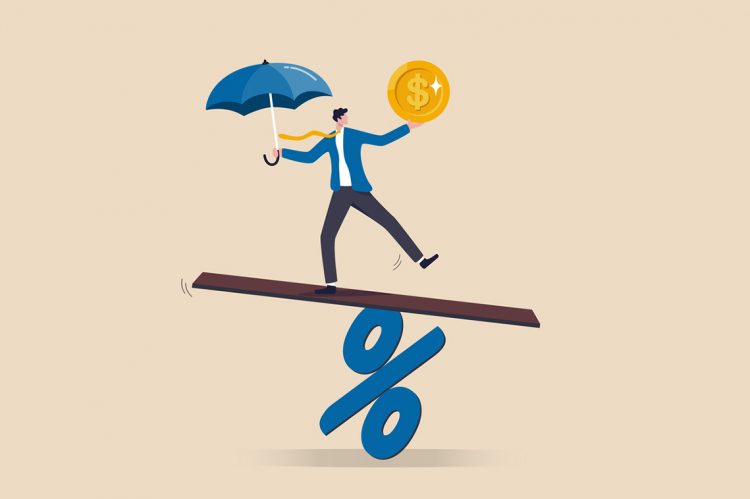With the Federal Reserve showing no signs of letting up in its ongoing crusade of interest rate hikes, the latest data on inflation is offering no suggestion of immediate relief, with personal consumption expenditure (PCE) inflation—the Fed’s preferred measurement—actually ticking up.
Stocks opened mostly flat on Friday as the PCE report showed its index of prices jumping 0.2% from July to August. Core prices—everything except volatile food and energy—rose even more, by 0.6%. Core PCE was up 4.9% from last year, and overall PCE prices were higher by 6.2%.
The report is the latest evidence that a series of historically large rate hikes—which have pushed mortgage rates to more than double from recent lows—have not been able to slow price growth. Fed Chair Jerome Powell has said that he is looking for consistent signs that inflation is under control before slowing or stopping interest rate hikes, and the central bank recently estimated that it would raise rates by at least another 1.25% this year.
As far as specifics, housing and utility costs were up 1%, while energy—driven by falling fuel costs—fell 5.5%. Over spending on personal consumption items actually rose in August, 0.4%, after falling 0.2% in July. After-tax incomes were essentially flat, up 0.1%.
Economists have focused on the core costs, with energy and food more likely to react to short-term disruptions like the war in Ukraine.
Reacting to the report on Twitter, Harvard economics professor Jason Furman said core costs would remain elevated if wages continue to rise at their current rate.
“Why is core inflation so high? Because labor markets are very tight and nominal wages are rising very quickly,” he wrote. “If wages/compensation keeps rising at a 5.5% annual rate, it is extremely unlikely that price inflation will be below 4%.”
Powell, in a press conference following the Fed’s most recent rate hike, explicitly said that he was looking to see the labor market slow as an indicator for when to ease up on rate hikes.
The Fed’s next meeting, which is likely to produce another large rate hike, is scheduled for November 1 and 2.












